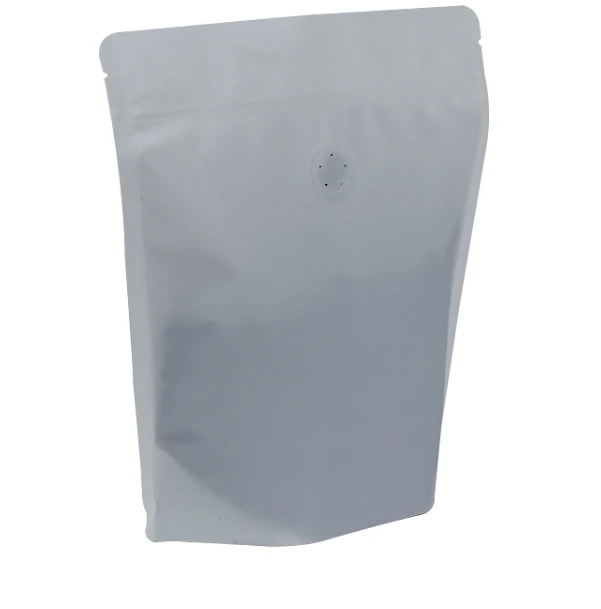- Afrikaans
- Albanian
- Amharic
- Arabic
- Armenian
- Azerbaijani
- Basque
- Belarusian
- Bengali
- Bosnian
- Bulgarian
- Catalan
- Cebuano
- chinese_simplified
- chinese_traditional
- Corsican
- Croatian
- Czech
- Danish
- Dutch
- English
- Esperanto
- Estonian
- Finnish
- French
- Frisian
- Galician
- Georgian
- German
- Greek
- Gujarati
- haitian_creole
- hausa
- hawaiian
- Hebrew
- Hindi
- Miao
- Hungarian
- Icelandic
- igbo
- Indonesian
- irish
- Italian
- Japanese
- Javanese
- Kannada
- kazakh
- Khmer
- Rwandese
- Korean
- Kurdish
- Kyrgyz
- Lao
- Latin
- Latvian
- Lithuanian
- Luxembourgish
- Macedonian
- Malgashi
- Malay
- Malayalam
- Maltese
- Maori
- Marathi
- Mongolian
- Myanmar
- Nepali
- Norwegian
- Norwegian
- Occitan
- Pashto
- Persian
- Polish
- Portuguese
- Punjabi
- Romanian
- Russian
- Samoan
- scottish-gaelic
- Serbian
- Sesotho
- Shona
- Sindhi
- Sinhala
- Slovak
- Slovenian
- Somali
- Spanish
- Sundanese
- Swahili
- Swedish
- Tagalog
- Tajik
- Tamil
- Tatar
- Telugu
- Thai
- Turkish
- Turkmen
- Ukrainian
- Urdu
- Uighur
- Uzbek
- Vietnamese
- Welsh
- Bantu
- Yiddish
- Yoruba
- Zulu
plastic bag design
The Art and Design of Plastic Bags A Sustainable Perspective
Plastic bags have become ubiquitous in our daily lives, serving a multitude of functions, from carrying groceries to packaging merchandise. However, their environmental impact has sparked a significant debate, putting designers at the forefront of the sustainability movement. This article will explore the evolution of plastic bag design, its environmental implications, and innovative approaches aimed at creating sustainable plastic bag alternatives.
Historically, the design of plastic bags has been primarily functional. Invented in the 1960s, the initial design was a simple, flexible, and lightweight bag that could hold a decent amount of weight while being cost-effective to produce. The introduction of the T-shirt bag, often seen in grocery stores, became a symbol of convenience and efficiency. However, this very convenience led to widespread overuse and that has become a double-edged sword.
As society began to realize the environmental consequences of excessive plastic usage, the narrative surrounding plastic bags shifted dramatically. Designers were challenged to rethink the traditional bag’s utility and sustainability. The first step in this new direction was to understand the material itself. Most plastic bags are made from polyethylene, a material derived from fossil fuels. It is lightweight, but it is also non-biodegradable, taking hundreds of years to decompose. This creates significant issues, including pollution and harm to wildlife, leading to ocean and landfills littered with plastic waste.
In response to these challenges, innovative designers have focused on creating bags that not only fulfill the same functions as traditional plastic bags but also minimize environmental impact. Designers are exploring bioplastics, made from renewable materials, as an alternative to conventional plastics. These materials can break down more quickly in appropriate conditions, offering a more sustainable solution. Research and development in this field have led to breakthroughs in creating bags that are both durable and compostable, ensuring that they leave a minimal footprint when disposed of.
plastic bag design

Moreover, recycled materials are gaining traction in plastic bag design. Bags made from recycled plastics not only divert waste from landfills but also reduce the need for virgin plastic production. Brands are increasingly adopting this approach, sourcing materials from post-consumer goods and integrating them into their manufacturing processes. This shift not only appeals to environmentally conscious consumers but also innovates the fashion and usability of plastic bags.
The aesthetic aspect of plastic bag design has also evolved significantly. Designers are acknowledging that bags could serve as a canvas for creativity. Vibrant colors, unique patterns, and artistic prints are being incorporated into bag designs, making them not only functional but also stylish. This trend encourages consumers to reuse bags for shopping or everyday use, reducing the likelihood of single-use plastic bags cluttering the environment.
Community engagement and education are vital components of sustainable plastic bag design. Awareness campaigns highlighting the importance of reducing plastic consumption and promoting reusable bags have gained momentum. Many communities have adopted policies banning single-use plastic bags, which have pushed both consumers and designers to rethink their relationship with plastic. Schools, organizations, and local governments organize workshops and events that emphasize the importance of sustainability, fostering a culture of eco-consciousness.
As the plastic bag design landscape continues to evolve, it becomes evident that the future must focus not only on innovation but also on a collective responsibility toward environmental stewardship. Collaborative efforts between manufacturers, designers, and consumers can drive the shift toward a more sustainable model. By embracing eco-friendly materials, understanding the lifecycle of products, and promoting responsible consumption, we can reimagine the humble plastic bag into an emblem of sustainability rather than a symbol of waste.
In conclusion, the design of plastic bags is at a pivotal crossroads. While the environmental challenges posed by traditional plastic bags cannot be overlooked, the innovative approaches being adopted by designers offer hope for a more sustainable future. As we continue to educate consumers and push for change within the industry, we can find harmony between convenience and ecological responsibility, transforming our approach to plastic bags for the better.













